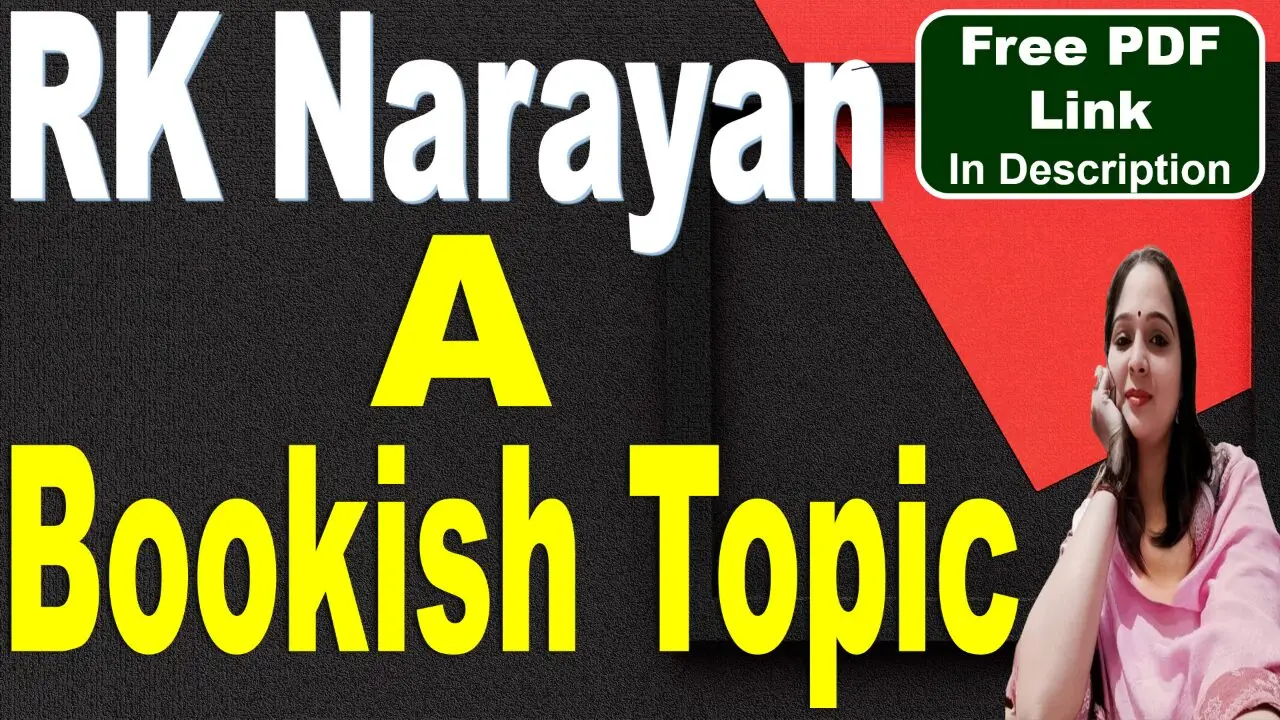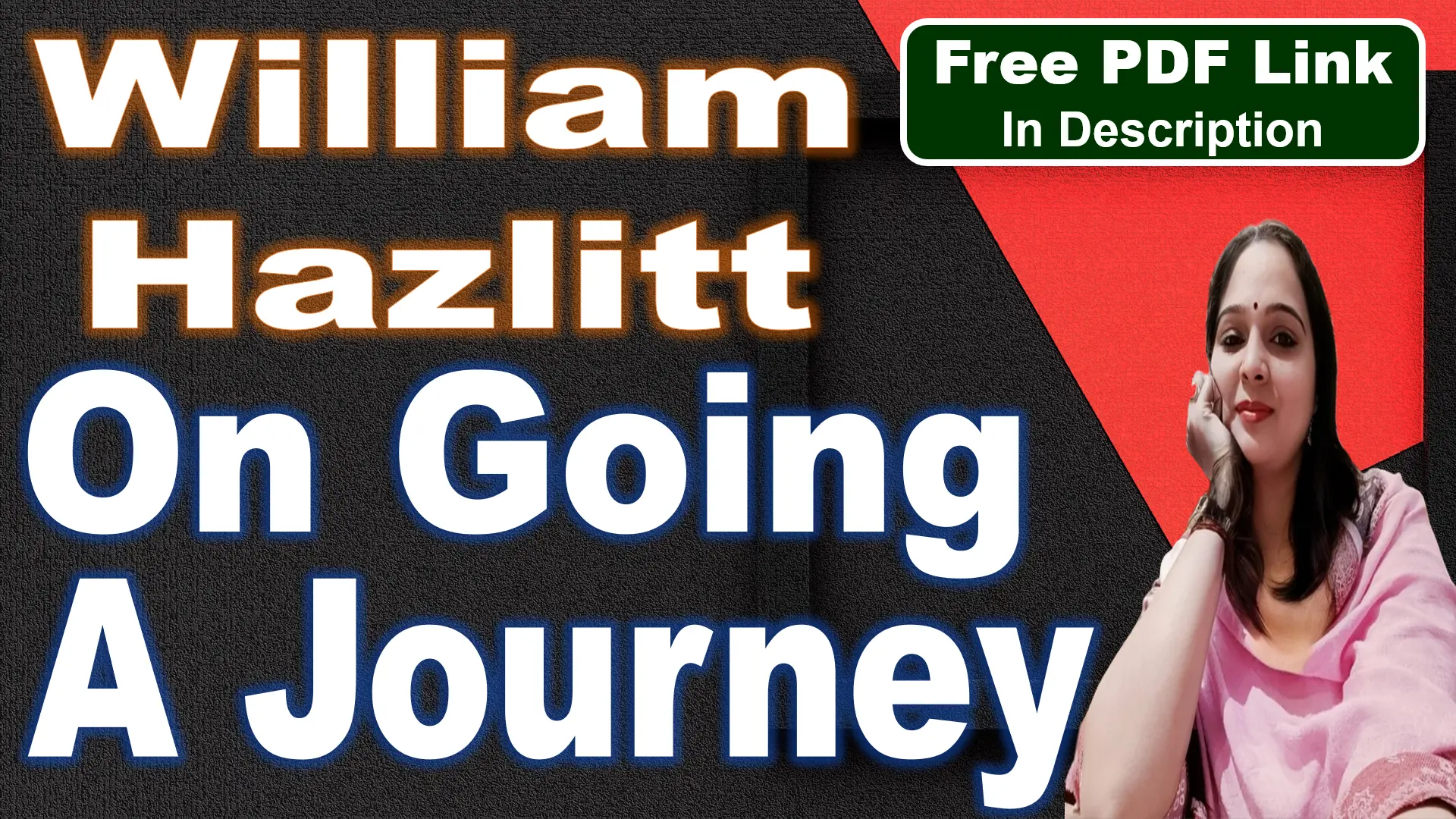
Significance of the title
The title “On Umbrella Morals” is significant because it uses a common, everyday object—an umbrella—to explore much deeper themes of morality and human behavior. The essay focuses on small, often rationalized dishonest acts that people justify in their everyday lives. By choosing the umbrella as a central metaphor, Gardiner highlights how people make small moral compromises, often without realizing the significance of their actions.
Here’s why the title is important:
Umbrella as a Symbol:
The umbrella in the title represents minor moral lapses or actions that people might not see as wrong, such as accidentally taking someone else’s umbrella or not returning a borrowed item. These small acts of dishonesty are often rationalized, and the umbrella is a perfect symbol for these types of everyday, almost invisible, ethical decisions.
“Morals” in the Title:
The use of the word “morals” suggests that the essay will focus on ethical behavior, but the title also hints at the irony of how these moral lapses are often overlooked or justified. Gardiner is not writing about grand ethical dilemmas or crimes but about smaller moral choices that people easily justify, often without guilt or reflection. By combining “umbrella” with “morals,” he is drawing attention to the gray area between right and wrong in ordinary life.
The Humor of the Title:
The title also sets the tone of the essay. By pairing a trivial object like an umbrella with the concept of morals, Gardiner is hinting at the humorous nature of his writing. It signals to the reader that while the subject matter may be serious (moral reflections), the approach will be light-hearted and amusing. The title captures the playfulness with which he explores these themes.
A Reflection of Society:
The umbrella, something everyone uses but rarely thinks about deeply, represents how people often make small moral compromises in their daily lives, without considering the larger consequences. Gardiner suggests that these seemingly insignificant actions, like umbrella exchanges, reflect how we often excuse or rationalize dishonesty when we believe the stakes are low.
Overall, the title is effective because it captures the essence of the essay: a humorous reflection on how small, everyday actions—like borrowing or swapping umbrellas—are connected to larger moral questions.
On Umbrella Morals Questions and Answers
Very Short Answer Questions
Who is the author of “On Umbrella Morals”?
Alfred George Gardiner, under the pen name “Alpha of the Plough.”
What object is central to the essay?
The umbrella.
What is the main theme of the essay?
The justification of small moral lapses in everyday life.
What does Gardiner call the phenomenon of rationalizing small wrongs?
“Umbrella morals.”
Where does the author walk in the beginning of the essay?
The Strand, London.
Why does Gardiner not open his umbrella?
Because it is broken and embarrassing.
What umbrella did Gardiner end up with?
A cotton umbrella left behind in exchange.
What does Gardiner imagine the person who took his umbrella feels?
Secret joy at the exchange.
How does Gardiner describe the umbrella of the man who took his?
A silk umbrella.
What moral behavior does Gardiner discuss in the essay?
Small dishonest acts justified by self-deception.
What does the author say about lending books?
It is risky because people often don’t return them.
Who is mentioned as a famous preacher with a moral lapse?
A well-known divine who traveled with a third-class ticket but was found in a first-class carriage.
What does Gardiner use to describe moral lapses?
The metaphor of the umbrella.
What does Gardiner do with his silk umbrella in the story?
He imagines it was taken by someone else.
What type of hat does Gardiner mention in the essay?
A silk hat.
What does Gardiner wonder about the man who took his silk hat?
Whether he was a Tory, Radical, or Labour man.
How does Gardiner describe the umbrella that was mistakenly taken?
Magnificent, with a gold band and tassel.
What was the name on the umbrella that helped resolve the situation?
The name of a prominent statesman.
What does Gardiner decide to do after the experience with the umbrella?
Engrave his name on his umbrella.
What is Gardiner’s attitude toward his old, baggy umbrella?
He doesn’t care who takes it; it’s anyone’s for the taking.
Short Answer Questions
What is the main moral dilemma discussed in the essay?
The main moral dilemma in the essay is about small dishonest actions that people often justify, like accidentally taking someone else’s umbrella or not returning borrowed items. Gardiner uses the metaphor of “umbrella morals” to explore how people rationalize these small lapses in their conscience, believing they aren’t significant enough to feel guilty about.
Why does Gardiner not open his umbrella during the rain?
Gardiner does not open his umbrella because it is broken and embarrassing to use. He describes the umbrella as a “travesty,” reflecting on how it is in such poor condition that he would rather face the rain than be seen with it. The broken umbrella symbolizes the minor transgressions people sometimes try to hide or avoid.
What does Gardiner mean by “umbrella conscience”?
“Umbrella conscience” refers to the way people justify small dishonest acts in their lives, believing they are harmless. This term describes individuals who wouldn’t commit serious crimes but might rationalize minor actions like swapping umbrellas or not returning a borrowed book. These people think their actions don’t violate their moral standards because they don’t have major consequences.
How does Gardiner use humor to discuss serious moral issues?
Gardiner uses humor and irony to highlight the absurdity of small moral lapses, making the essay light-hearted despite addressing serious ethical issues. For instance, the idea of exchanging hats or swapping umbrellas is exaggerated to make readers reflect on the moral rationalizations behind their everyday behavior, showing that even the most trivial acts can raise important moral questions.
What example does Gardiner give of a person with a good moral reputation but small moral lapses?
Gardiner gives the example of a well-known preacher who was found dead in a first-class railway carriage with a third-class ticket in his pocket. This example highlights how someone who is seen as morally upright can still be guilty of small, rationalized dishonest acts, showing that even good people are often afflicted by minor lapses in their conscience.
How does Gardiner feel about lending books, and what rule does he suggest?
Gardiner expresses frustration with lending books because they are rarely returned. He recalls an example of a man who had 4,000 borrowed books, none of which had been returned. Gardiner humorously suggests the only safe rule about books is not lending them at all, because, in his experience, no one ever gives them back, not even close friends.
What is Gardiner’s view on exchanging hats, and why does he find it particularly unacceptable?
Gardiner considers exchanging hats to be “unpardonable” and outside the realm of acceptable moral behavior. He argues that, unlike umbrellas, which could be mistakenly swapped, no one can put on a strange hat without being aware of it. This action, for him, is a clear violation of personal integrity, as it’s something that can’t be done unknowingly.
What role does the name on the umbrella play in the resolution of the situation?
The name on the umbrella acts as a moral trigger for the person who accidentally took it. When the thief notices the name, his conscience kicks in, and he feels compelled to return the umbrella. Gardiner suggests that engraving a name on an umbrella helps to avoid these minor moral lapses, as it serves as a reminder of ownership and responsibility.
How does Gardiner justify his own behavior in exchanging umbrellas?
Gardiner admits that he has also exchanged umbrellas several times, and while he hopes he did so honestly, he recognizes the possibility that he might have been dishonest without realizing it. He humorously reflects that the silk umbrella he was concerned about wasn’t even his, but part of a long series of exchanges where he had sometimes gained and sometimes lost.
What is Gardiner’s final attitude toward his old, baggy umbrella?
Gardiner is indifferent toward his old, baggy umbrella, stating that he doesn’t care who takes it because it is “anybody’s for the taking.” Unlike the precious silk umbrella, which he clearly values and protects, this old umbrella is of no real importance to him, symbolizing how people often treat things they don’t care about as less important or worth stealing.





